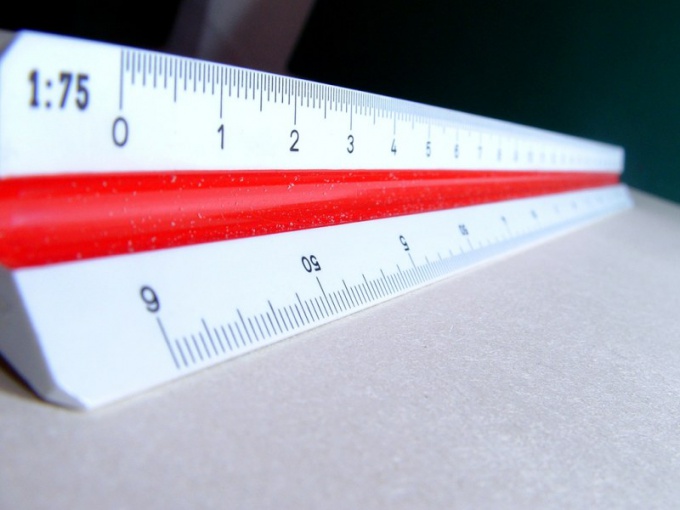You will need
- paper;
- - drawing utensils.
Instruction
1
Construction of isometric projections start with the arrangement of the axles. One of them is always vertical, and in the drawings it is usually designated as the Z axis, the Initial point is denoted as O. we Continue the axis OZ down.
2
The remaining two axes can be defined in two ways, depending on what drawing tools you have. If you have a protractor, set aside from the axis OZ in both sides of the angles equal to 120º. Swipe X and y axes.
3
If you have only a compass, draw a circle of arbitrary radius with center at point O. let's Continue the axis OZ until its second intersection with the circle and a dot, for example, 1. Spread the legs of the compasses at a distance equal to the radius. Draw a arc with center at point 1. Mark the point of intersection with the circle. They also indicate the directions of the axes X and Y. the left side of the Z-axis moves the X axis to the right - Y.
4
Construct an isometric projection of a plane figure. The coefficients of distortion in isometric along all axes are accepted 1. To construct a square of side a, put it away from point O of the axes X and Y and make the serifs. Swipe through the resulting points straight lines parallel to both these axes. Square in this projection looks like a parallelogram with angles of 120º and 60º.
5
To build the triangle, it is necessary to continue the X-axis so that a new part of the beam is located between the axes Z m Y. Divide the side triangle in half and mark the resulting dimension from the point On the X-axis in both directions. On the Y-axis put the height of the triangle. Connect the ends of the segment located on the X-axis, with the resulting point on the y-axis.
6
In a similar way is constructed in an isometric projection and a trapezoid. On the X-axis in one and the other side of the point About set aside half of the base of this geometric figure, and the Y - axis height. Using the tick marks on the Y-axis guide line parallel to the X-axis, and mark on it in both directions half of the second founding. Connect the resulting points with ticks on the x-axis.
7
A circle in isometric view looks like an ellipse. It can be constructed as the coefficient of distortion, and without. In the first case, the large diameter is equal to the diameter of the circle, and the small amount of 0.58 from him. When you build without accounting for this factor axis of the ellipse will be equal to, respectively, 1.22 and 0.71 diameter of the original circle.
8
Flat figures can be located in space both horizontally and vertically. As a basis we can take any axis, principles of construction remain the same as in the first case.
